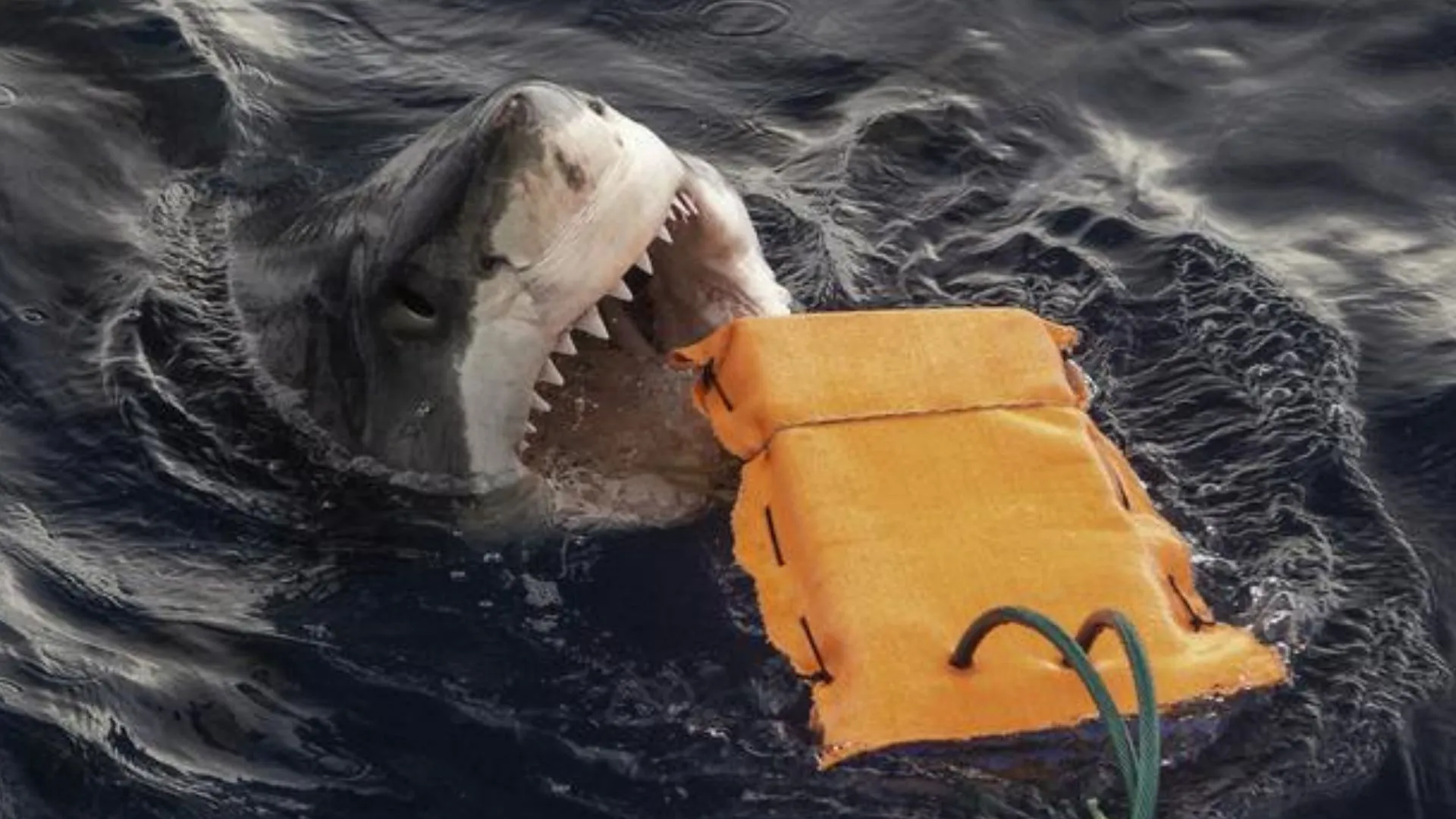
An Australian study evaluated four wetsuit materials to see if these could lessen the severity of puncture wounds from shark bites.
White and tiger sharks are among the top species for “unprovoked bites” and fatal attacks.
The frequency of human-shark interactions is increasing worldwide due to growing coastal populations and a rise in marine recreational activities.
Flinders University researchers found that all the materials effectively reduced severe damage from these two shark species.
“While there were small differences between the four tested materials, they all reduced the amount of substantial and critical damage, which would typically be associated with severe haemorrhaging and tissue or limb loss,” said Dr Tom Clarke from the College of Science and Engineering at Flinders University in a press release on September 24.
The threat of shark bites
Although rare, shark bites can be at times fatal and even severely impact local coastal communities and tourism businesses.
According to the Australian Shark Incident Database, Australia has averaged 20 injuries and 2.8 fatalities from shark incidents annually over the last decade.
The recent death of surfer Mercury Psillakis near Dee Why Beach in Sydney is one example of the devastating consequences that shark bites can have.
The sharp, serrated teeth of sharks cause much of the damage from their bites. In humans, severe injuries or fatalities often result from major blood loss due to damaged arteries or the loss of limbs or tissue.
Until now, personal protection has been limited. The current chainmail suits are protective, but too heavy and inflexible for common water activities like surfing and diving.
In this new work, the team evaluated the effectiveness of four bite-resistant wetsuit materials – namely Aqua Armour, Shark Stop, ActionTX-S, and Brewster material.
The wetsuits were made with ultra-high molecular weight polyethylene, a strong yet lightweight fiber commonly used in sailing ropes.
Interestingly, the new material offers both the protection and flexibility needed for water sports.
Wetsuit testing with real sharks
The materials were tested on white sharks in South Australia’s Spencer Gulf and on tiger sharks off Norfolk Island, Queensland.
The Guardian reported that researchers used a foam-padded “bite package” to mimic human tissue.
The damage from 84 white shark bites and 68 tiger shark bites was then analyzed and sorted into four categories of severity: superficial, slight, substantial, or critical.
Finally, the results were compared to a damage baseline on standard neoprene wetsuit material.
“Our study showed that bite-resistant materials incorporated into wetsuits can reduce damage from large white and tiger sharks (>3 m) compared to a standard neoprene wetsuit, even from moderate and severe bites,” said Dr Clarke.
The tested materials prevent these teeth from puncturing through the fabric.
However, there are some limitations as the materials don’t eliminate all risk.
“While these suits don’t eliminate all the risk (e.g., internal injuries may still occur), our results indicate that they can reduce blood loss and trauma from major lacerations and punctures, potentially saving lives,” said Professor Charlie Huveneers.
Besides this, more such tools to prevent shark attacks have been developed in the past.
For instance, in 2024, Macquarie University developed a new, non-invasive LED-based technology to deter great white sharks and prevent attacks on surfers.



